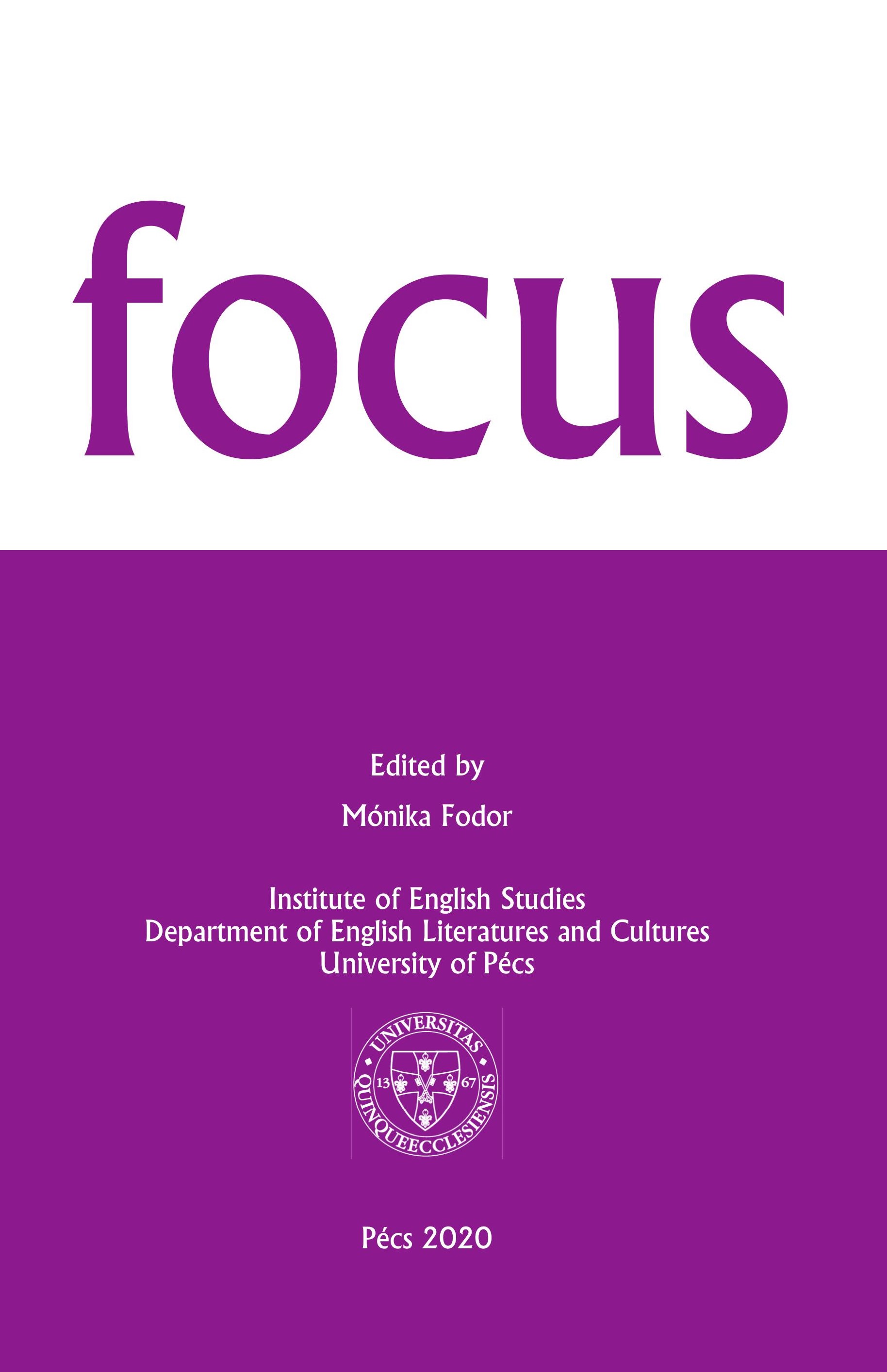Elements of Carnival as a Mirror of the Protagonists' Insanity in Strangers on a Train
DOI:
https://doi.org/10.15170/Focus/12.2020.7.104-114Abstract
Given Hitchcock’s fascination with the carnivalesque, the novel Strangers on a Train and its film adaptation engage in a dialogue where the amusement park is the focal point. Even if Hitchcock deviates from the novel by returning to the funfair at the end, what is sought with such reappearance is to draw attention to the key role of carnival as a reflection of the strangers’ mental disorder. Although a number of studies deal with the relationship between the two strangers, there is little research that provides an in-depth analysis of the close relationship between carnival and the two protagonists’ mental imbalance. Hence, this article provides a thorough study of how carnival elements mirror the protagonists’ insanity and, most interestingly, to propose a comparative analysis that paves the way for new insights into the relationship between the novel and its film adaptation. Accordingly, this article aims to shed light on how the use of carnival elements in both Highsmith’s Strangers on a Train and its film adaptation by Hitchcock enhances the two strangers’ mental instability.
Downloads
Published
How to Cite
Issue
Section
License
Copyright (c) 2022 FOCUS: Papers in English Literary and Cultural Studies

This work is licensed under a Creative Commons Attribution-NonCommercial-NoDerivatives 4.0 International License.
FOCUS: Papers in English Literary and Cultural Studies follows the principles laid down by Creative Commons, which provides guarantees for the Author’s copyright while also ensuring that intellectual properties are made available for the wider public in a digital form. All papers submitted to the journal apply the following licence conditions (indicated on the journal’s website as well as in individual publications):
“© This work is licensed under a Creative Commons Attribution-NonCommercial-NoDerivatives 4.0 International License.”
You are free to:
- Share, copy and redistribute the material included in the journal in any medium or format under the following terms:
- Attribution — You must give appropriate credit to the Author, and indicate the original place of publication [FOCUS: Papers in English Literary and Cultural Studies, Issue nr., page numbers.].
- NonCommercial — You may not use the material for commercial purposes.
- NoDerivatives — You are not allowed to remix, transform, or build upon the material.
- The above conditions must always be indicated if the journal material is distributed in any form.
- The above conditions must always be met, unless a written permission signed by the Author and the Editor-in-Chief states otherwise.

